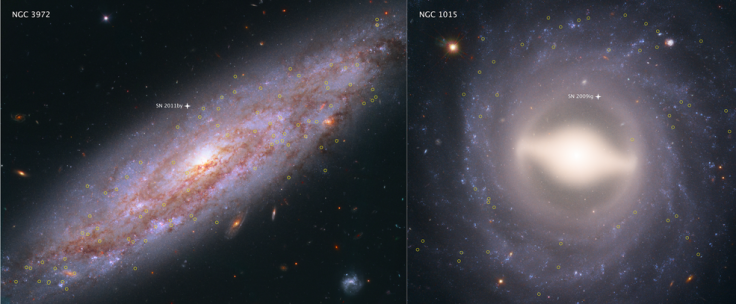Virtual universes created by supercomputers to help study the evolution of galaxies
University of Arizona's virtual 'universe machine' can generate millions of virtual universes, which will help in the study of the real cosmos.
Space research is slowly picking up, but we are far from getting useful data on our own galaxy, let alone the universe. However, for aspiring astronomers, a new supercomputer might have a solution — virtual universes.
Researchers at the University of Arizona are using the Ocelote supercomputer or the 'Universe Machine,' to generate millions of virtual universes, which will actually help in the study of the real cosmos. However, the scale of this virtual image will not be very nuanced. The university states that the scale will vary from supernovae to sizeable chunks of observed space.
The findings will help in the study of the evolution of galaxies. Currently, when we view galaxies, we only view a snapshot in time — we see them in their current state. Using virtual simulations, researchers will be able to study how galaxies evolve over billions of years, from their birth, formation to growth. It will accelerate work on the role of dark matter in the formation of galaxies.
"On the computer, we can create many different universes and compare them to the actual one, and that lets us infer which rules lead to the one we see," Peter Behroozi, the lead author of the findings, which have been published in the Monthly Notices of the Royal Astronomical Society stated on Sunday.

The virtual universe has been based on the real universe — computer simulations are expected to represent a chunk of actual cosmos, with each one containing 12 million galaxies with a timeline spanning from 400 million years after the Big Bang to the present day.
Each of the virtual universes is evaluated against the real one and the same physical rules are applied in creating it.
The results acquired using the virtual simulations will help the long-standing question of why galaxies don't form even after retaining plenty of hydrogen gas, which is the building block of stars.
"As we go back earlier and earlier in the universe, we would expect the dark matter to be denser, and therefore the gas to be getting hotter and hotter. This is bad for star formation, so we had thought that many galaxies in the early universe should have stopped forming stars a long time ago," Behroozi said. "But we found the opposite: galaxies of a given size were more likely to form stars at a higher rate, contrary to the expectation."
The supercomputer's computing power also seems impressive — it was able to generate 8 million universes within three weeks.
While the findings will not change the way we study the universe, they might fill the current gaps in researchers' knowledge of the universe.
© Copyright IBTimes 2025. All rights reserved.




















